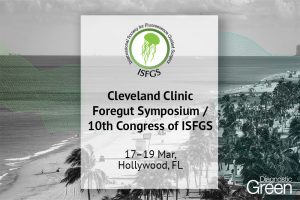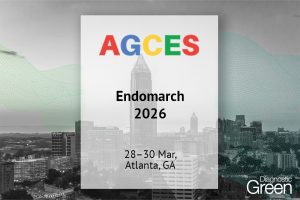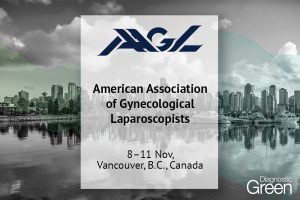Background: In recent years, fluorescence imaging-relying both on parathyroid gland autofluorescence under near-infrared light and angiography using the fluorescent dye indocyanine green-has been used to reduce risk of iatrogenic parathyroid injury during thyroid and parathyroid resections, but no published guidelines exist regarding its use.
In this study, orchestrated by the International Society for Fluorescence Guided Surgery, areas of consensus and nonconsensus were examined among international experts to facilitate future drafting of such guidelines. Overall, parathyroid autofluorescence was considered better than indocyanine green angiography for localizing parathyroid glands, whereas indocyanine green angiography was deemed superior assessing parathyroid perfusion. Additional surgical scenarios where indocyanine green angiography was thought to facilitate surgery are (1) when >1 parathyroid gland requires resection; (2) during redo surgeries, (3) facilitating parathyroid autoimplantation; and (4) for the predissection visualization of abnormal glands.
Both parathyroid autofluorescence and indocyanine green angiography can be used during the same procedure and employing the same imaging equipment. However, further research is needed to optimize the dose and timing of indocyanine green administration.
https://www.surgjournal.com/article/S0039-6060(22)00714-0/fulltext




